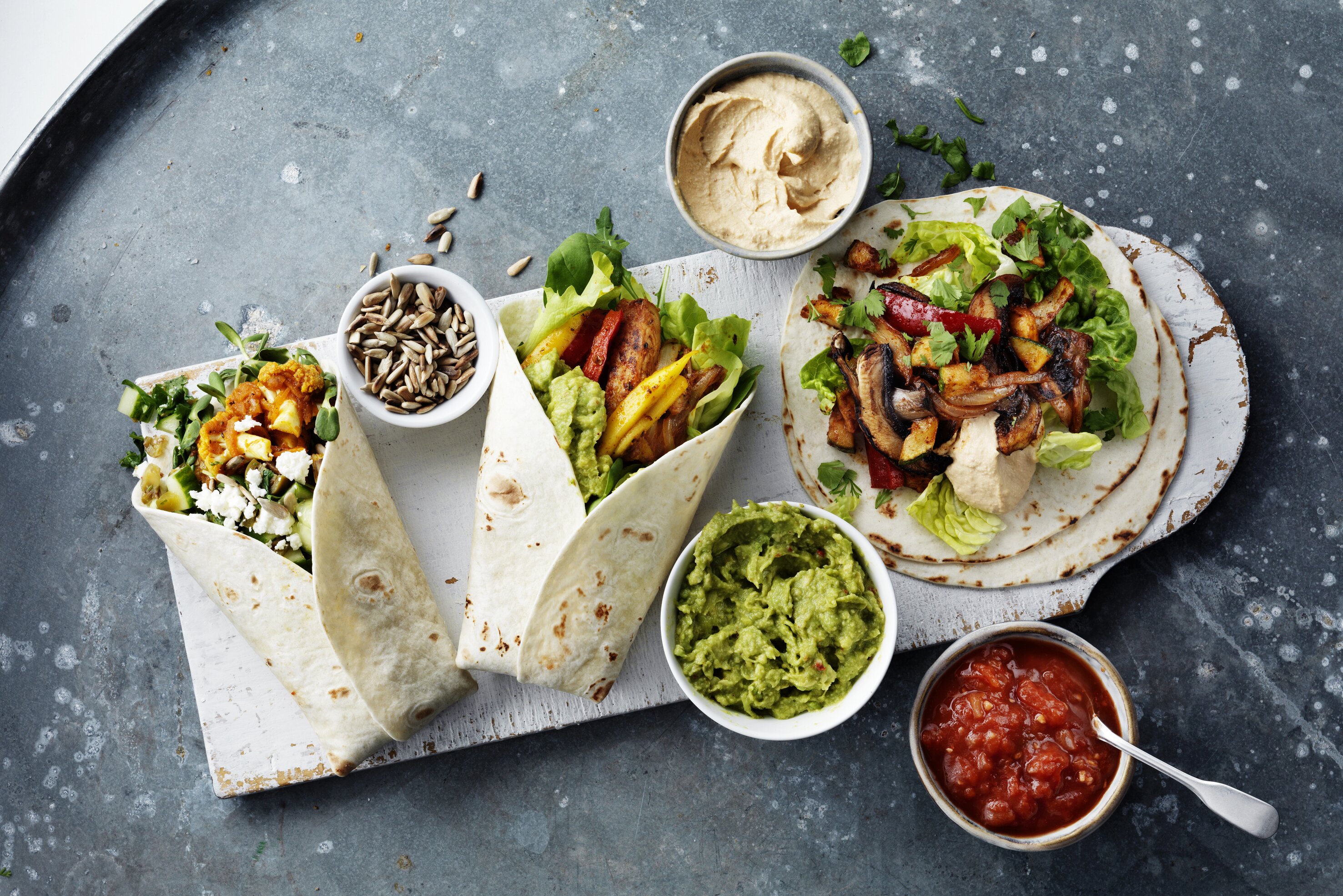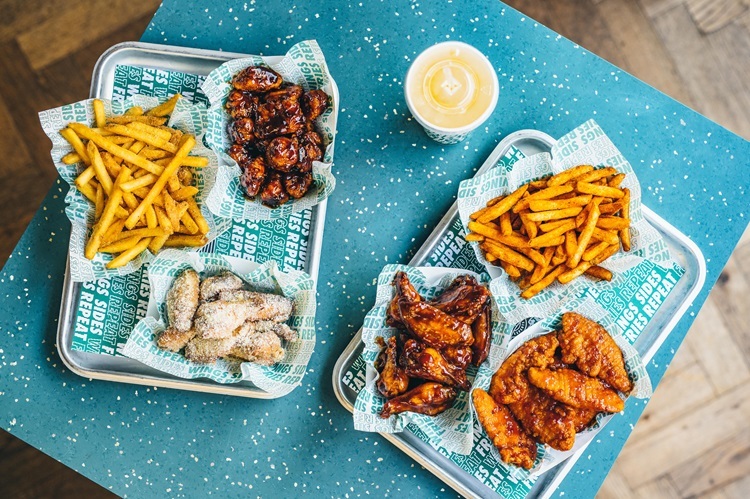Zest for life: the latest trends in herbs and spices
After months stuck at home with their own cooking, diners want something a little bit more exotic – a taste of another world. So now is the time to dazzle them with the newest spices and herbs, says Anne Bruce
Never has there been more need to spice up your customer’s life than after the long coronavirus lockdown. After months indoors, customers are out again and looking for excitement. They want to try foods that transport them to far-flung destinations, particularly as travel will be restricted for the next few months. Herbs and spices allow restaurants to offer the world to customers on a plate.
So as the industry get back to business, chefs and caterers would be wise to up the ante on the seasonings and spices. But in tightened economic and socially distanced times, there are also some practical and economic questions.
Factors including the quick turnaround times required for takeout or delivery, as well as reduced team sizes in kitchens, social distancing and tightened purse strings all round, mean that efficiency and hygiene are the order of the day.
But the first priority is to ensure your operation is plugged into the latest flavourings trends. Suppliers report that demand for exotic and exciting food flavours has been stoked by long months in stay-at-home mode. Some key trends for 2020 include flavourings from Hong Kong, West Africa, Korea, the Arab Emirates, Ethiopia and Japan, and also regional south Indian and east Indian spice blends. Old favourite Tex-Mex is also enjoying something of a revival, if it ever went away.
Supplier McCormick tips rich textures and bold tastes in its Flavour Forecasts 2020 report. Indian gunpowder spice (milagai podi) is an example, featuring finely ground roasted dal, sesame seeds and chillies. Originally used as a seasoning, it’s now being used as a sprinkle to provide a pop of flavour and colour to a plate.
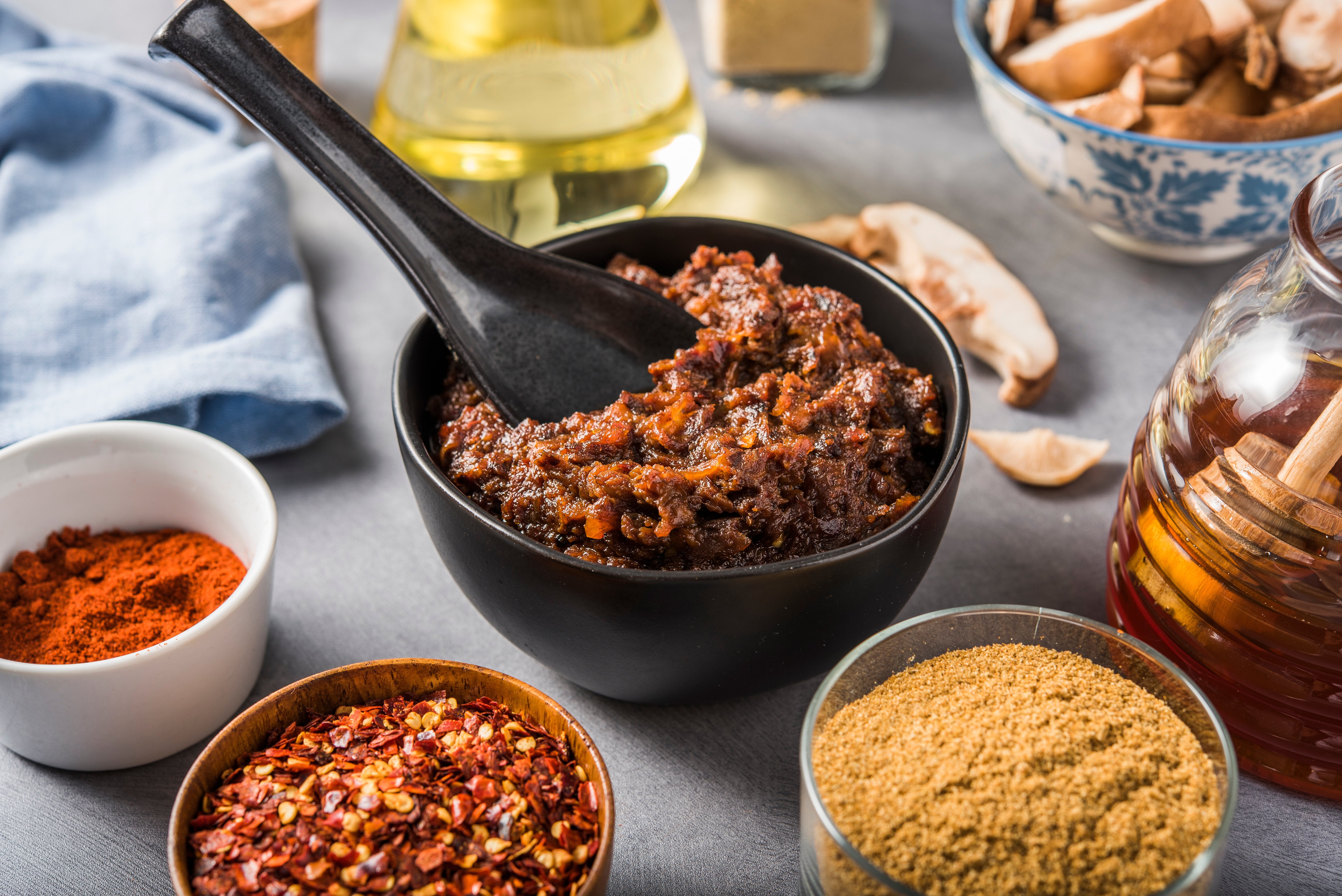
Sales of shichimi togarashi, a Japanese spice blend often used to finish ramen, as well as amchoor, which is used in homemade Indian spice blends, are booming, says Rachel Walker, co-founder of Rooted Spices: “Our sales definitely suggest that people have been more adventurous over lockdown.”
Sinan Jefferies, Tropical Sun brand manager, is adding Far Eastern flavours to the range and seeing demand for flavours from around the world. And consumers are looking for foods from specific regions, not just countries, according to Tasneem Alonzo, joint managing director of the Lähde foodservice brand by EHL Ingredients. Where once cuisines might have been grouped as more general Middle Eastern, Caribbean, and Indian or Asian, consumers are now open to more distinct, unusual flavours, she says.
Seasonings such as zhug, a Yemeni hot green chilli sauce, mimita, a red spice mix with ground African bird’s eye chilli peppers and cardamom from Ethiopia, and bezar, a spice mix with cumin and turmeric from the Arab Emirates, are becoming popular. EHL has also developed blends such as Korean barbecue seasoning and vadouvan curry powder – a speciality from Pondicherry in India – “to allow chefs and operators to offer regional specialities and create a point of differentiation in the dining out marketplace,” says Alonzo.
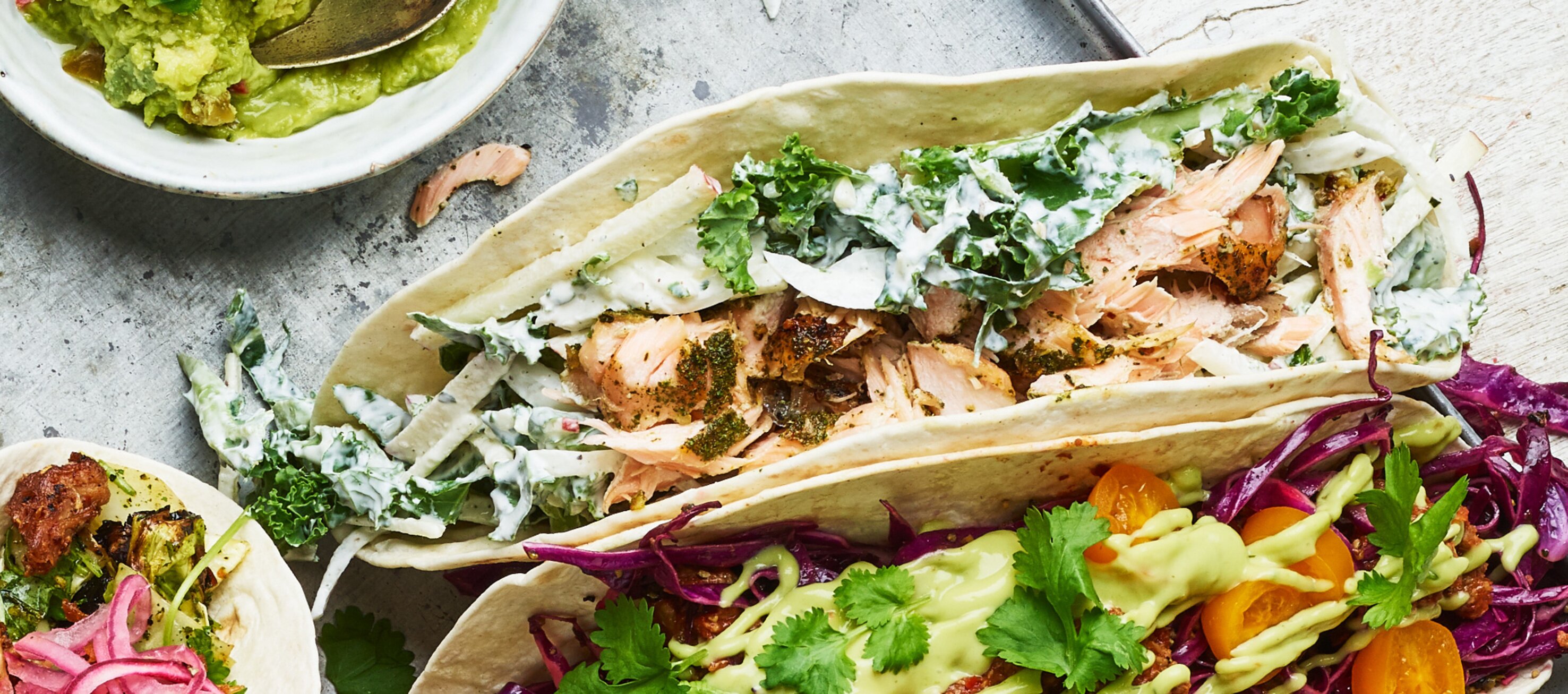
Tex-Mex goes vegan
The continuing growth in meat-free and vegan eating has helped promote creative use of spice blends to add flavour to meat-free bases such as jackfruit. Many plant-based products, although performing on texture, fall down when it comes to flavour, says Simon Solway, country manager out of home UK & Ireland at Santa Maria Foodservice.
“We’ve found the old favourites of Tex-Mex spices and seasonings are really hitting the mark when it comes to plant-based. It’s why we were starting to see so many Mexican-inspired vegan offerings coming onto the market before lockdown, from tacos to burritos to Tex-Mex-style salads. This trend is bound to continue and operators who take notice of this will discover a new revival for their Tex-Mex storecupboard basics.”
Alonzo at EHL Ingredients says meat-free eaters are keen to try new ingredients and flavour combinations: “Meat-free food is becoming more universally appealing with consumers experimenting. Chefs and caterers would be wise to look at unusual seasonings as the nation gears up for a socially distanced summer.”
Even salt and pepper is getting a makeover, as flavoured options gain traction, reports Ellie Edwards at Sous Chef. The company’s Viking smoked salt, mixed with onion, black pepper and curry powder, can be used as a seasoning or a rub, and hickory wood-smoked salt is a customer favourite that adds complex flavours to meat and fish and even pairs with chocolate, she says.
Another food trend is “finishing spices”, says Walker, which are used as a finishing flavour instead of the ubiquitous salt and pepper. The company’s House Blend is its bestseller, with aleppo pul biber for hot and fruity notes, urfa pul biber for a smokiness, and cured sumac for a tangy, lemony finish.
Micro herbs with big flavours
Consumers are emerging from lockdown more discerning and strangely with their horizons expanded on many fronts, suggests Mallika Basu, co-founder of Sizl Spices.
“Foodservice and chefs are going to have to deliver a fine balance between exotic spices and herbs, used in a way that is smart and interesting as well as culturally sensitive. I also see a big growth in seasonal produce given a fresh lease of life with clever use of herbs and spices.”
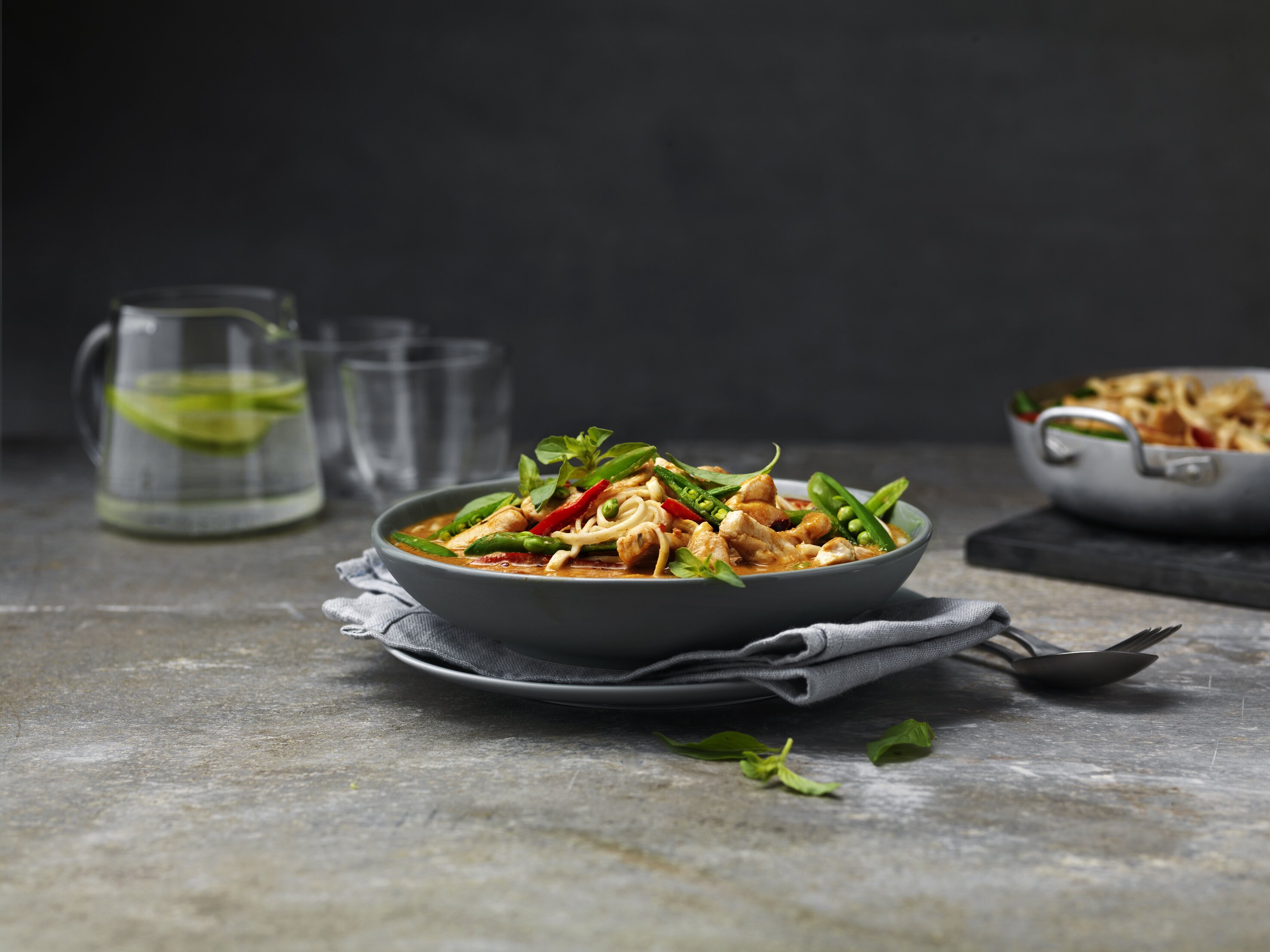
Fresh herbs are becoming more important for chefs looking to make an impact and offer a point of difference, and microherbs are at the forefront of the trend, says Jamie Burrows, founder of Vertical Future.
“In the past, microherbs would be used purely for aesthetics, with chefs sprinkling red amaranth on dishes to bring colour and vibrancy. Today, chefs are becoming more creative, selecting garnishes on the basis of taste and even nutritional characteristics.”
Amaranth is being replaced with a heartier beetroot shoot or micro red cabbage, for example, he says. Many microherb options are now being grown locally in controlled environments, meaning not only a fresher end product but also fewer food miles.
Jefferies says that customers also want to avoid artificial additives: “At Tropical Sun, we were able to get ahead of the clean eating trend several years ago, crafting a range of seasonings from around the world that are free from artificial additives.”
Sustainability remains a major consumer concern. Mark Rothon, managing director at World of Spice, says this year, as part of a commitment to reduce its carbon footprint, the company will transition from black plastic lids to white plastic lids on all foodservice jars – black plastic is difficult to recycle, because the colour is not picked up by scanners in the recycling process.
He adds that the Covid-19 pandemic and the intense demand for personal protective equipment has affected supplies of plastic packaging. With single-use plastics seen as a “safe” option, this issue is set to play out in the months to come in foodservice.
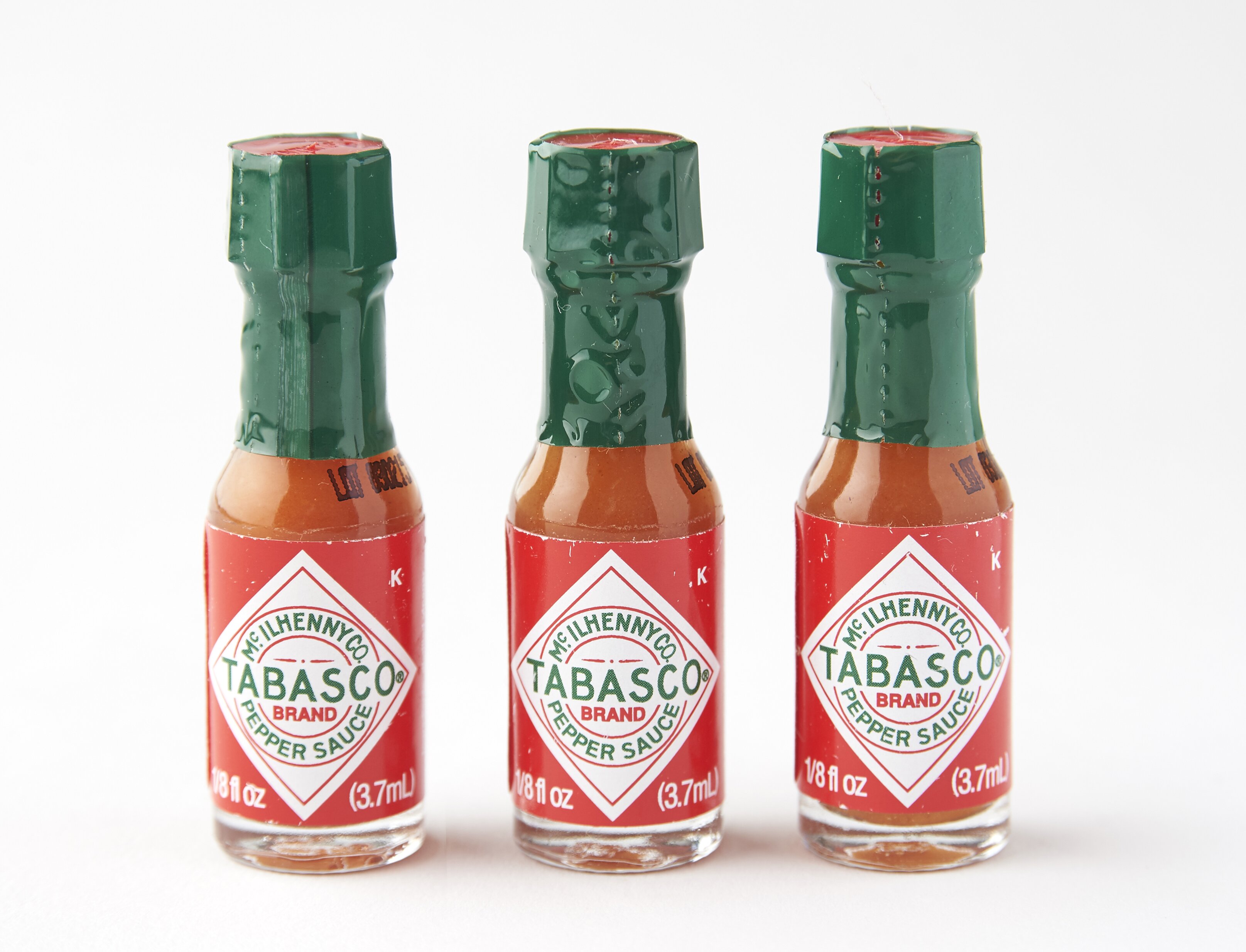
Enhanced hygiene measures in restaurants mean that sharing bottles and tubs of spices, sauces and condiments on the table have to be reviewed. Tabasco business unit manager Helen Hyde comments that over the past months of lockdown demand has significantly increased for single mini bottles and sachets of Tabasco Original Red Pepper Sauce for takeaway and delivery operations.
She says: “These single-use formats will be ideal for post Covid-19 ‘at table’ dining because they can simply be disposed of or, better still, recycled after use. And consumers can still enjoy the pleasure of customising their dish without the risk of cross-contamination from sharing a dispenser.”
Single-use formats will be ideal for post Covid-19 ‘at table’ dining because they can simply be disposed of or, better still, recycled after use
In the “new normal”, kitchens will have to operate with one eye on hygiene and the other on the bank balance. Rothon warns that more price pressure is expected down the line for spices as lockdowns worldwide restricted exports, causing shortages. Therefore, if the same spice blend can be used in different ways, perhaps for a rub or a marinade, in a butter or just sprinkled on a dish, then so much the better.
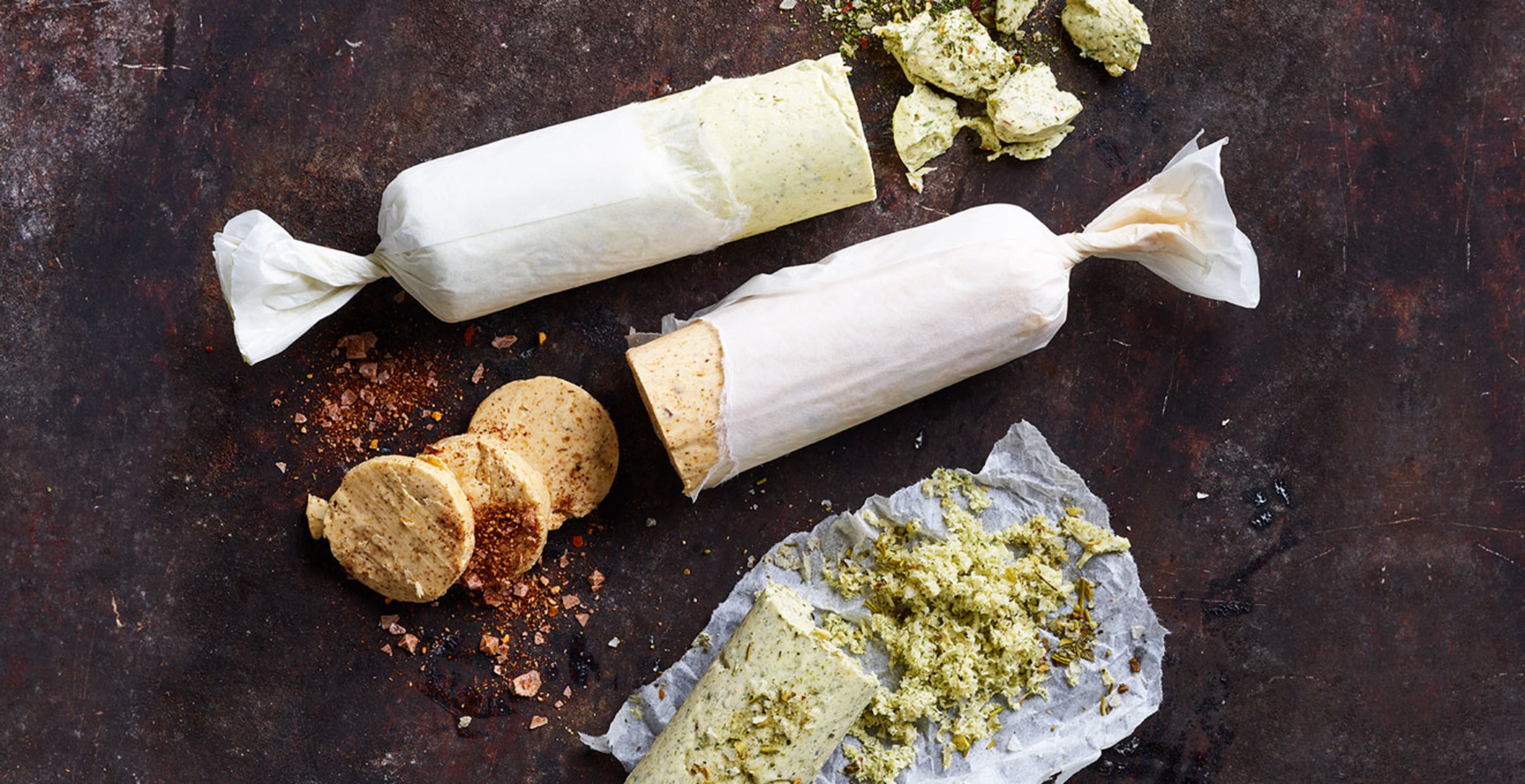
Santa Maria Foodservice’s Solway says: “It’s now more important than ever that chefs are using the resources they have in the smartest possible way. Why use 10 different products for 10 different dishes when one or two can be cleverly and quickly adapted to create a whole host of different options?”
In an increasingly competitive marketplace, being able to offer an interesting and varied menu can also help to drive repeat visits and orders. Solway remarks: “A simple chicken breast can be transported from Mumbai to Mexico by simply switching up the seasoning,” With their long shelf life and versatility, herbs and spices offer a simple cost-effective way for operators to create different tastes, promote menu rotations and keep things fresh.
In the absence of a magic wand, a well-stocked spice cabinet should help kitchens get through the aftermath of coronavirus.
Suppliers
EHL Ingredients www.ehl-ingredients.co.uk
McCormick Flavour Solutions mccormickflavoursolutions.co.uk
Rooted Spices www.rootedspices.com
Sizl www.sizlspices.com
Santa Maria Foodservice www.santamariaworld.com/uk/foodservice
Sous Chef www.souschef.co.uk
Tabasco www.creativefoodseurope.eu/tabasco-sauces
Vertical Future www.verticalfuture.co.uk
Wanis International Foods www.wanis.com
World of Spice www.worldofspice.co.uk



